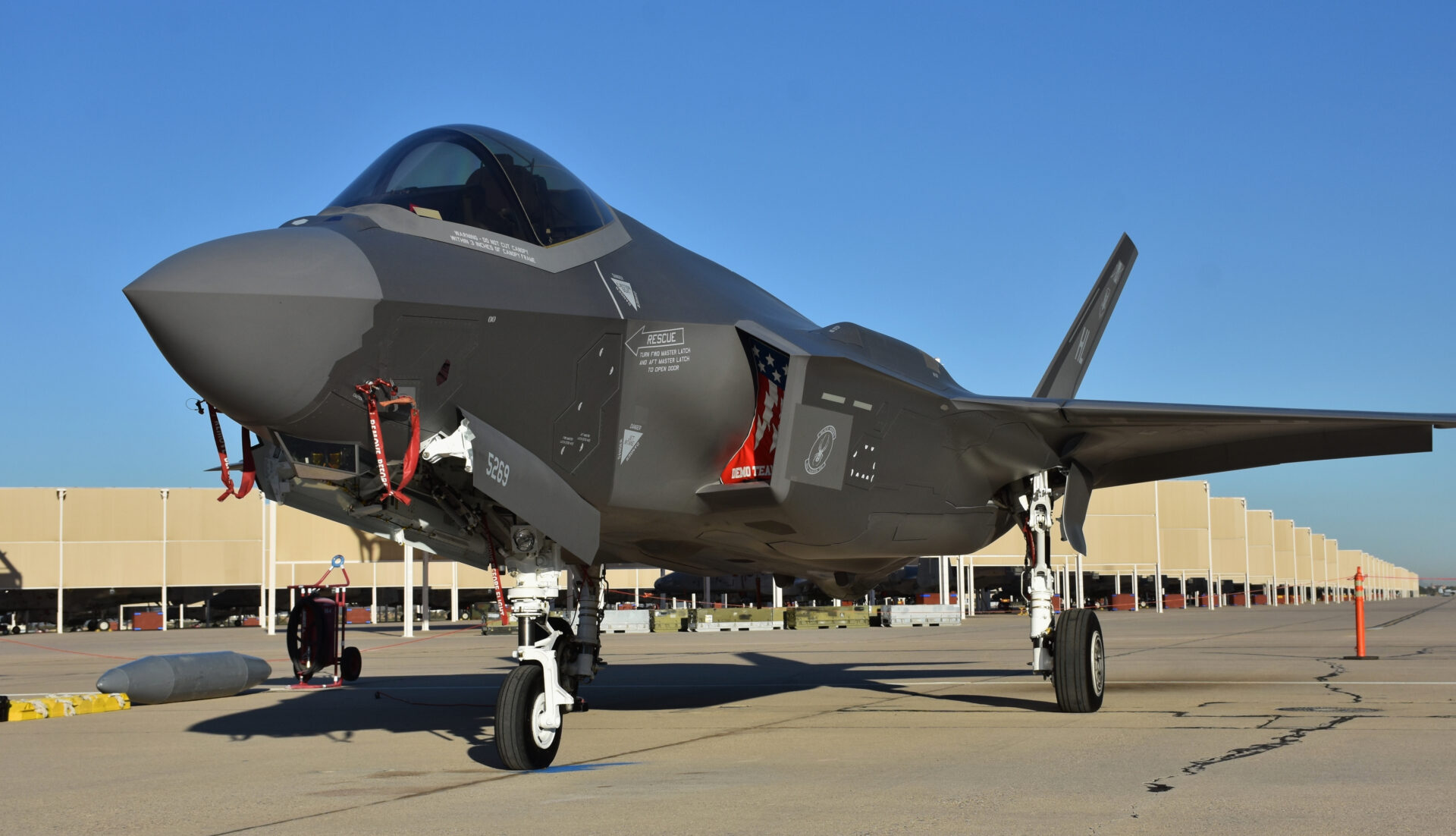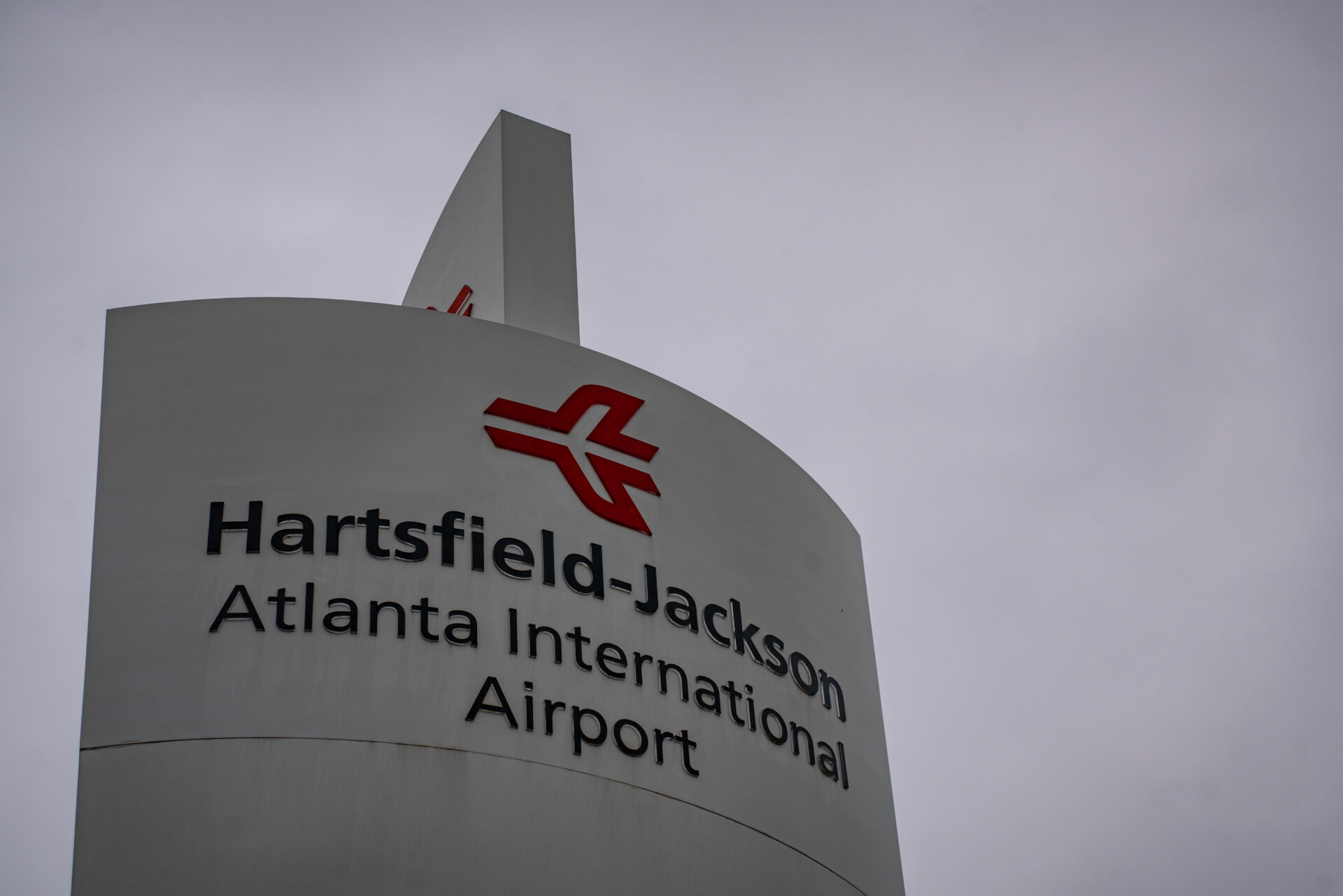
Pilot’s Hour-Long Call Ends in FIREBALL!
A U.S. Air Force F-35 fighter pilot remained in contact with ground control for nearly an hour while troubleshooting multiple malfunctions before the $80 million jet crashed, renewing scrutiny of the aircraft’s reliability.
At a Glance
- An F-35 pilot spent 50 minutes in emergency communication before ejecting
- The crash destroyed an $80 million aircraft despite extensive troubleshooting
- The Government Accountability Office has repeatedly flagged F-35 reliability concerns
- The incident raises questions about military readiness and program oversight
- Safety systems worked as designed, ensuring pilot survival
Extended Emergency Response Raises Alarms
The pilot of an F-35 Lightning II engaged in continuous communication with ground controllers for more than 50 minutes as he attempted to stabilize the advanced jet’s systems. Despite the extensive troubleshooting effort, the aircraft ultimately became uncontrollable, forcing the pilot to eject before it plummeted to the ground.
Watch now: Pilot’s 50-minute In-Flight Conference Call Fails to Save F-35 · YouTube
The lengthy attempt to address system failures underscores persistent challenges in the F-35 program, which has been the most expensive fighter project in U.S. history. Emergency protocols were activated to provide real-time support, but the breakdown highlighted vulnerabilities in the aircraft’s ability to recover from multiple concurrent malfunctions.
Financial and Operational Impact
The crash represented a total loss of an $80 million asset, amplifying concerns about the cost-effectiveness of the F-35 program. According to a 2023 Government Accountability Office report, the aircraft continues to face reliability and maintenance issues that complicate fleet readiness. The F-35 is designed to serve as the cornerstone of U.S. air superiority, yet repeated high-profile incidents have raised doubts about whether the program delivers dependable performance proportional to its cost.
Investigators will examine whether systemic flaws, rather than isolated technical failures, contributed to the accident. Each F-35 loss not only depletes financial resources but also reduces operational availability in a fleet already strained by long maintenance cycles.
Readiness and Public Confidence
The incident has emerged as a test for military modernization policies emphasized under the Trump administration. Analysts from institutions such as the Brookings Institution and the Heritage Foundation have noted that while the F-35 embodies advanced technological capabilities, it has yet to consistently demonstrate the reliability necessary for front-line combat missions.
Public perception is also at stake. High-cost failures can erode confidence in defense procurement, particularly when taxpayer-funded programs yield uneven results. Defense experts warn that adversaries monitor such events closely, evaluating whether U.S. air dominance might be compromised by recurring technical setbacks.
Still, the survival of the pilot highlights the success of safety systems embedded in the aircraft’s design. These safeguards ensured that the emergency did not result in loss of life, even as they could not prevent the destruction of the jet. The dual outcome underscores the need for continued oversight, balancing investments in advanced systems with proven reliability to ensure both readiness and fiscal responsibility.
Sources
Reuters
Bloomberg
Government Accountability Office
Brookings Institution
Heritage Foundation


